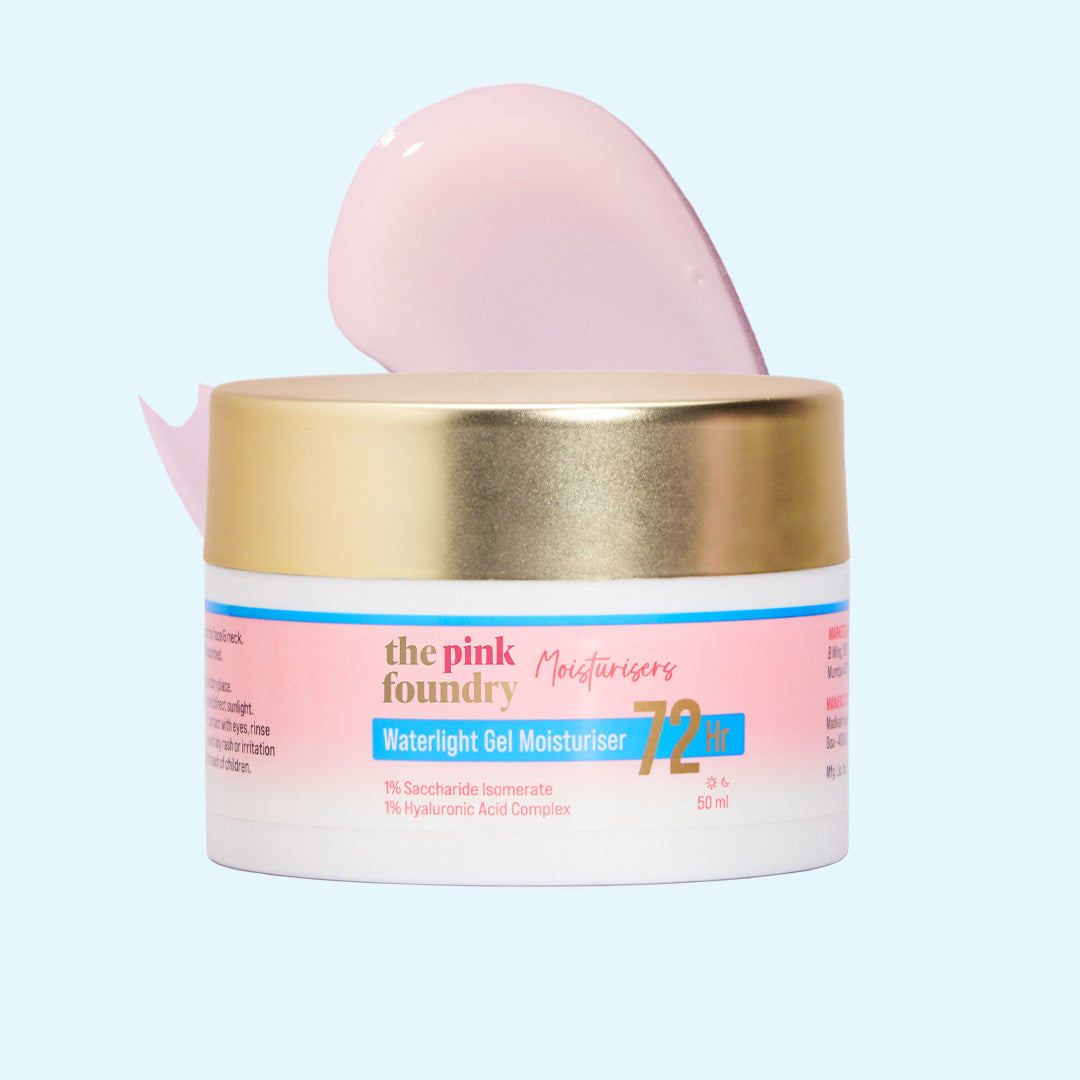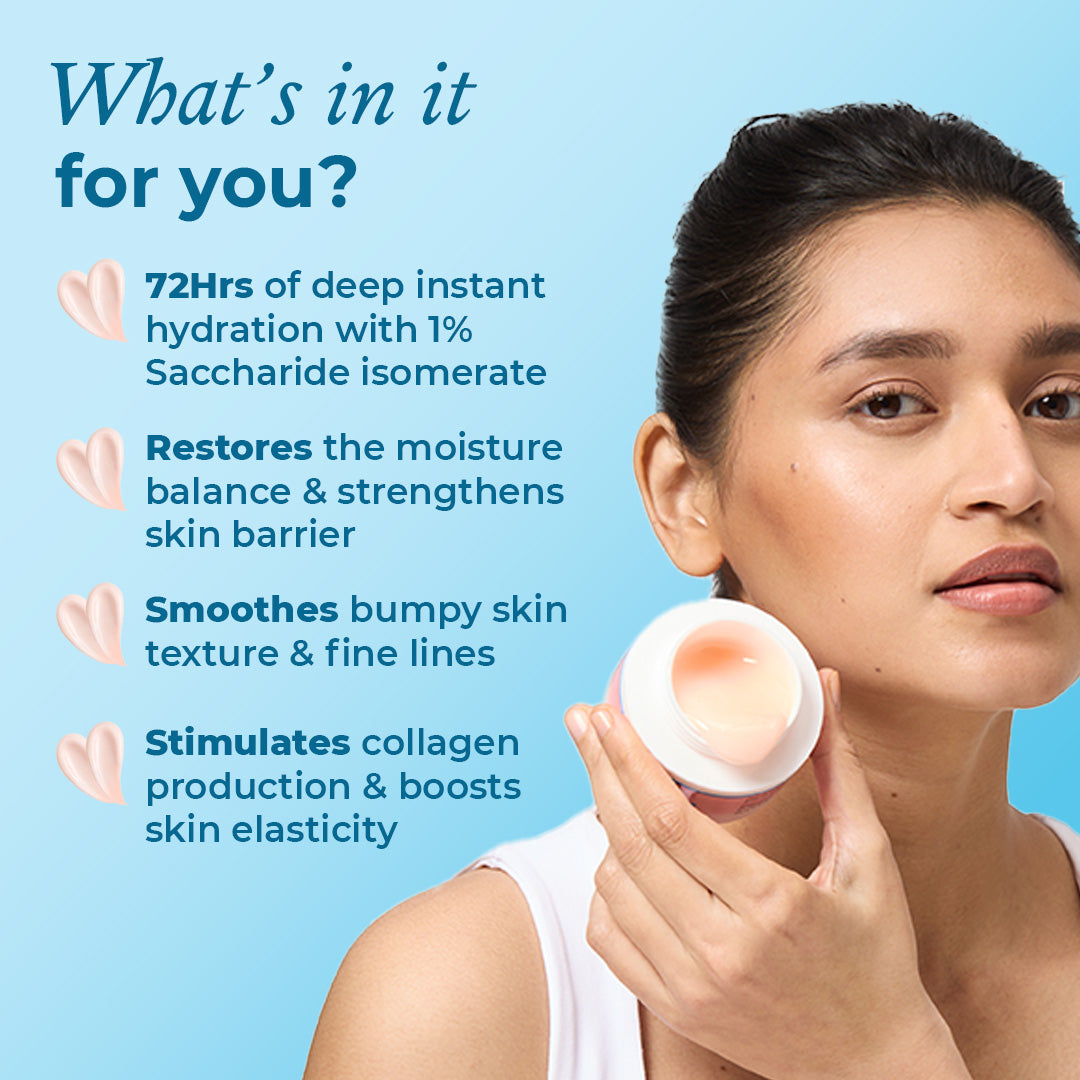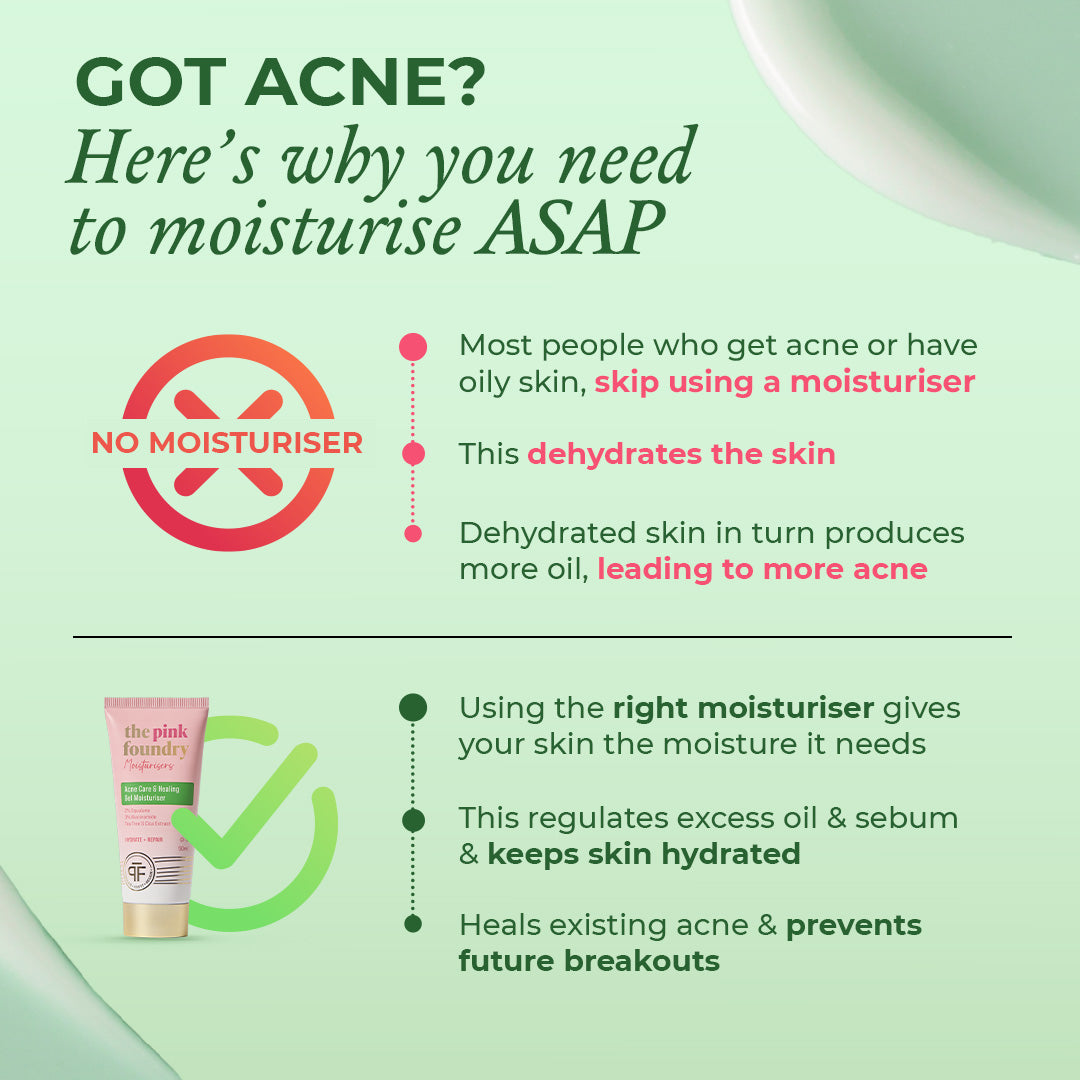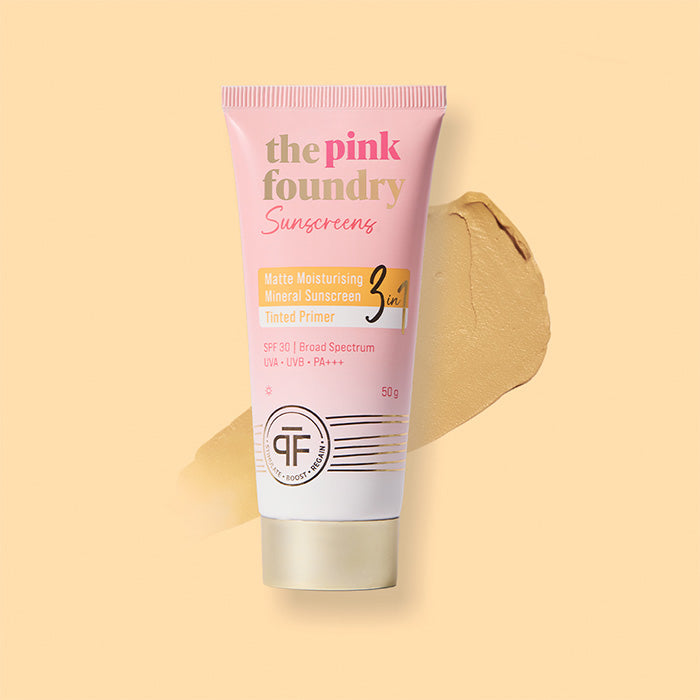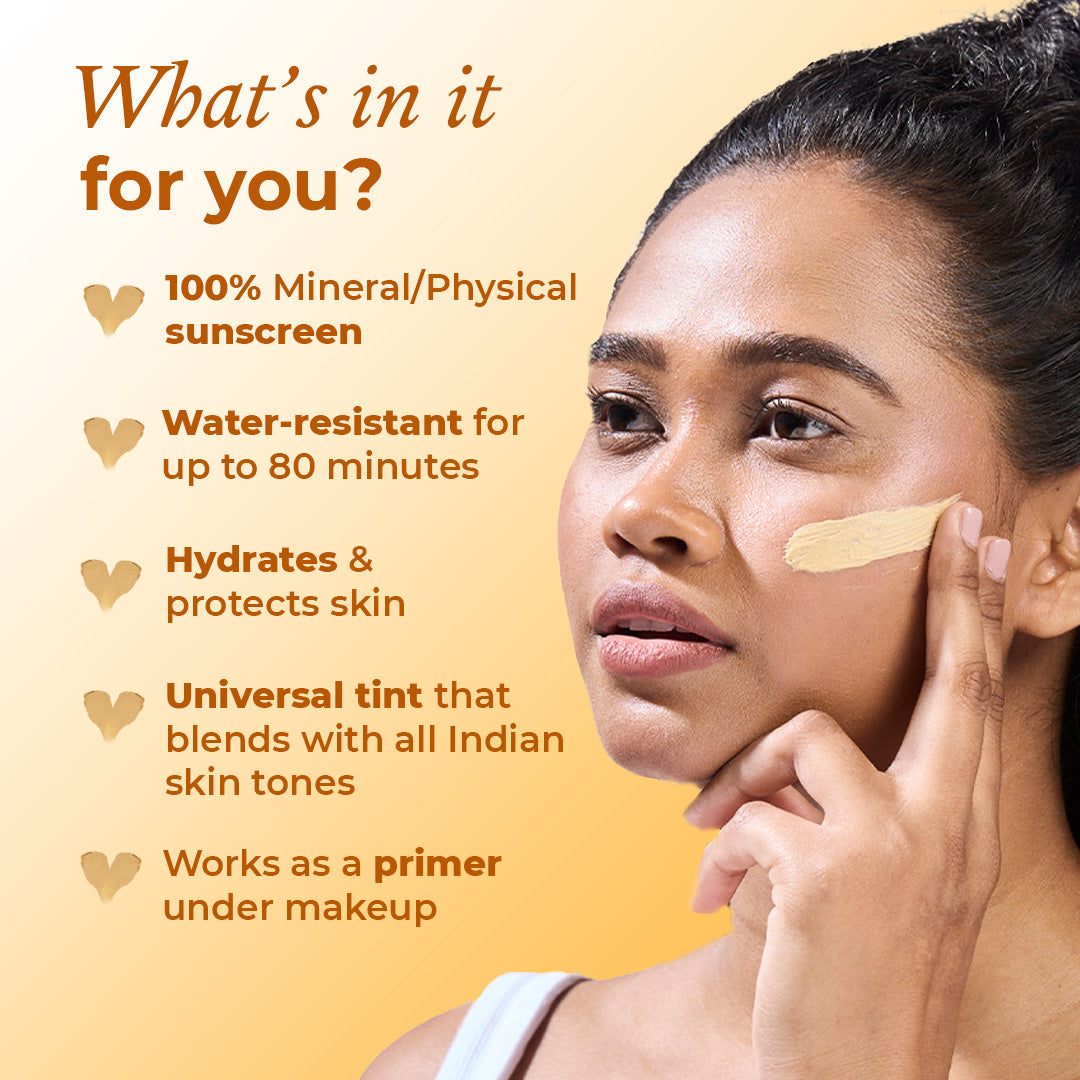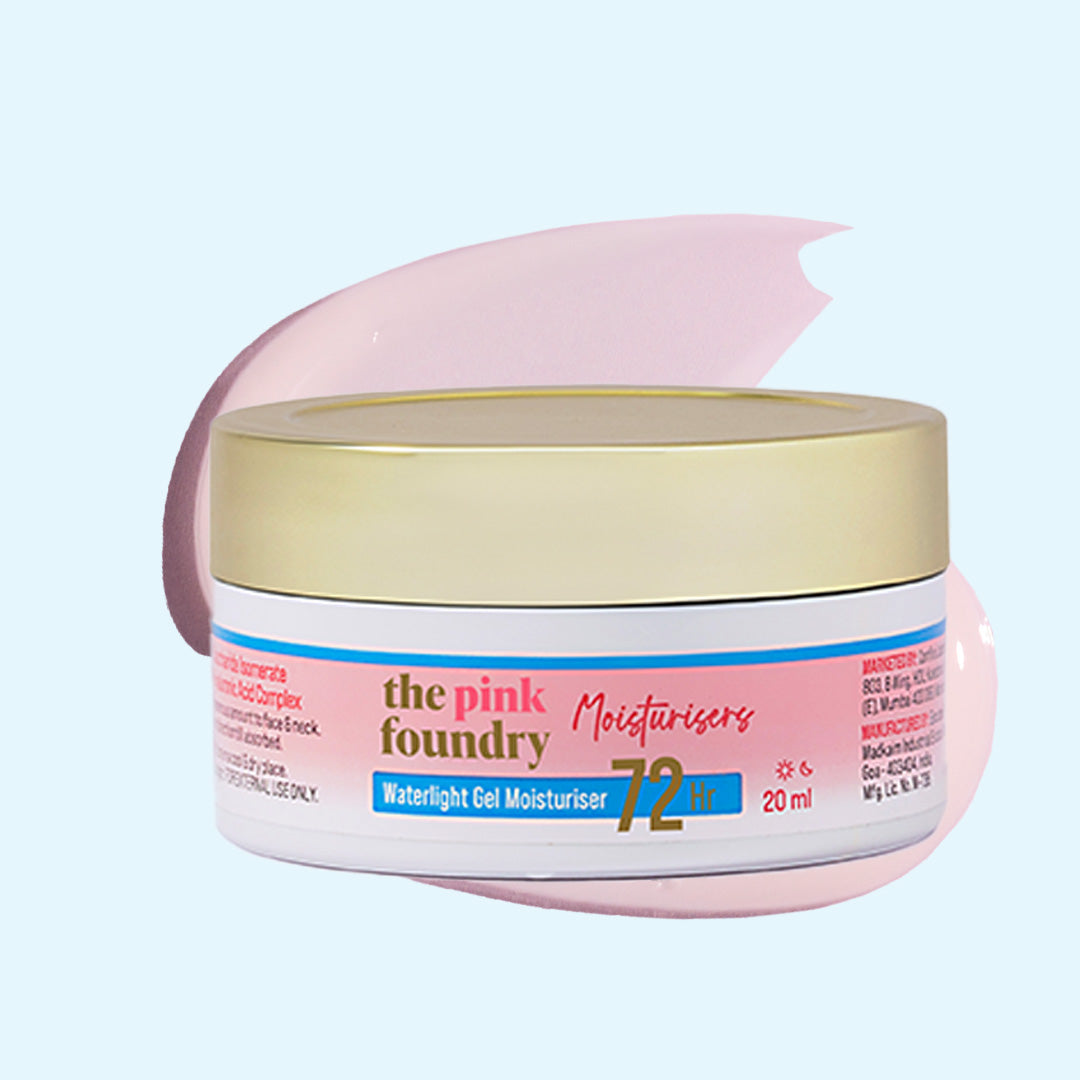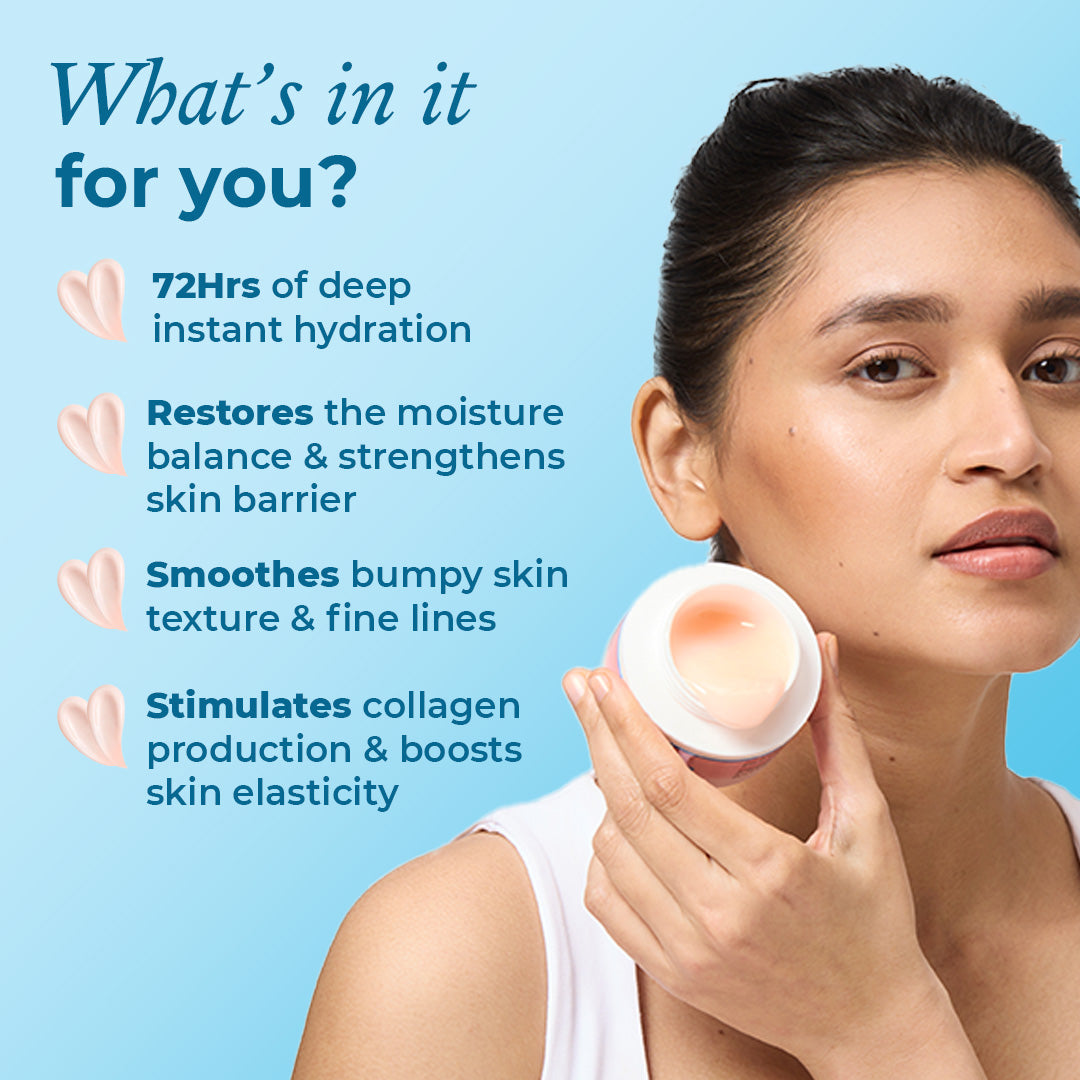FACE MOISTURISERS
Filters
product
skin type
product
skin type
Waterlight Gel Moisturiser 72 Hour Hydration 50 ml
Sale price₹ 439
Regular price₹ 549
Acne Care & Healing Gel Moisturiser with Tea Tree & Cica 50 ml
Sale price₹ 399
Regular price₹ 499
Nourish & Protect Duo
Sale price₹ 1,519
Regular price₹ 1,899
Mineral Matte Tinted Sunscreen 50 g
Sale price₹ 1,080
Regular price₹ 1,350
Mini Waterlight Gel Moisturiser 72 hour Hydration 20 ml
Sale price₹ 269
Regular price₹ 299


